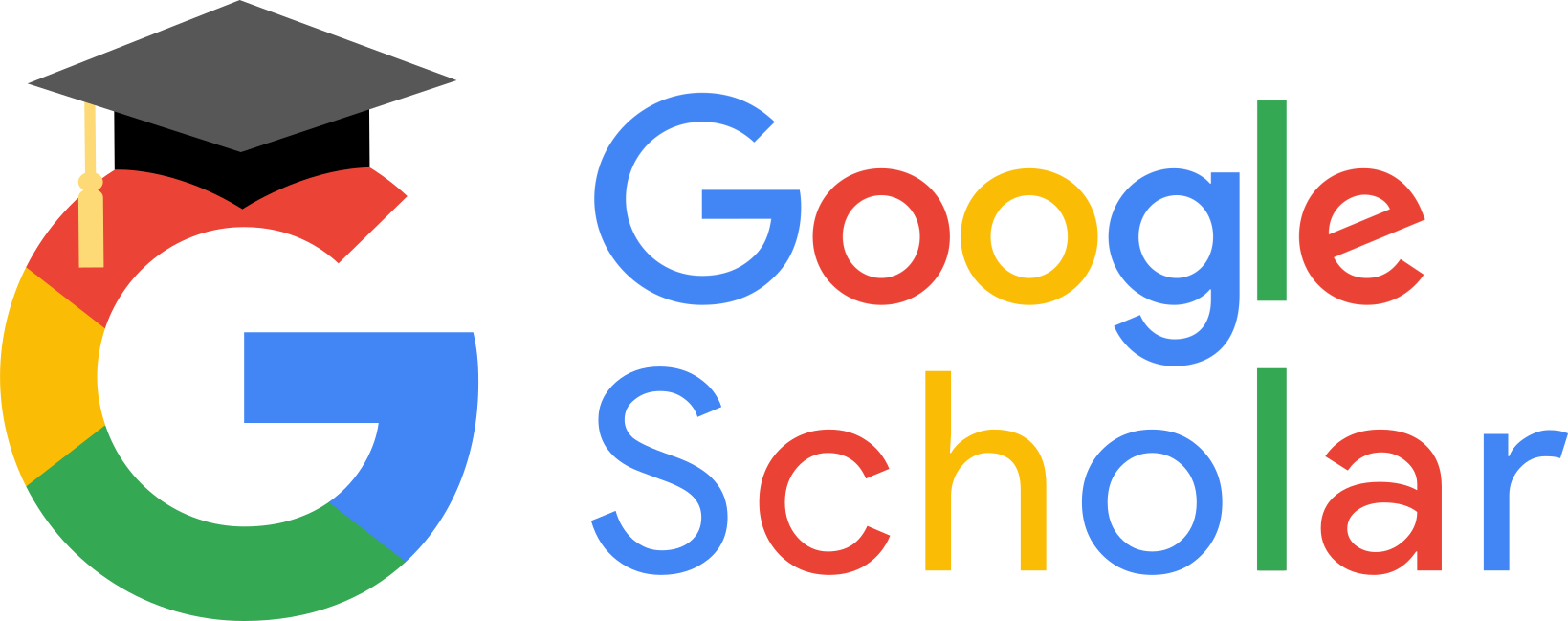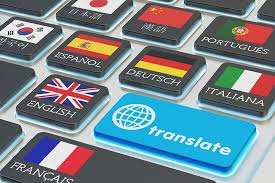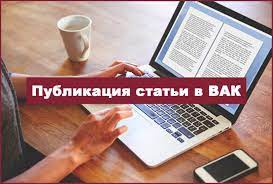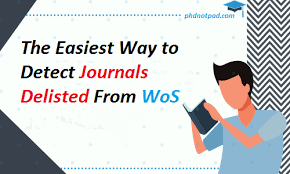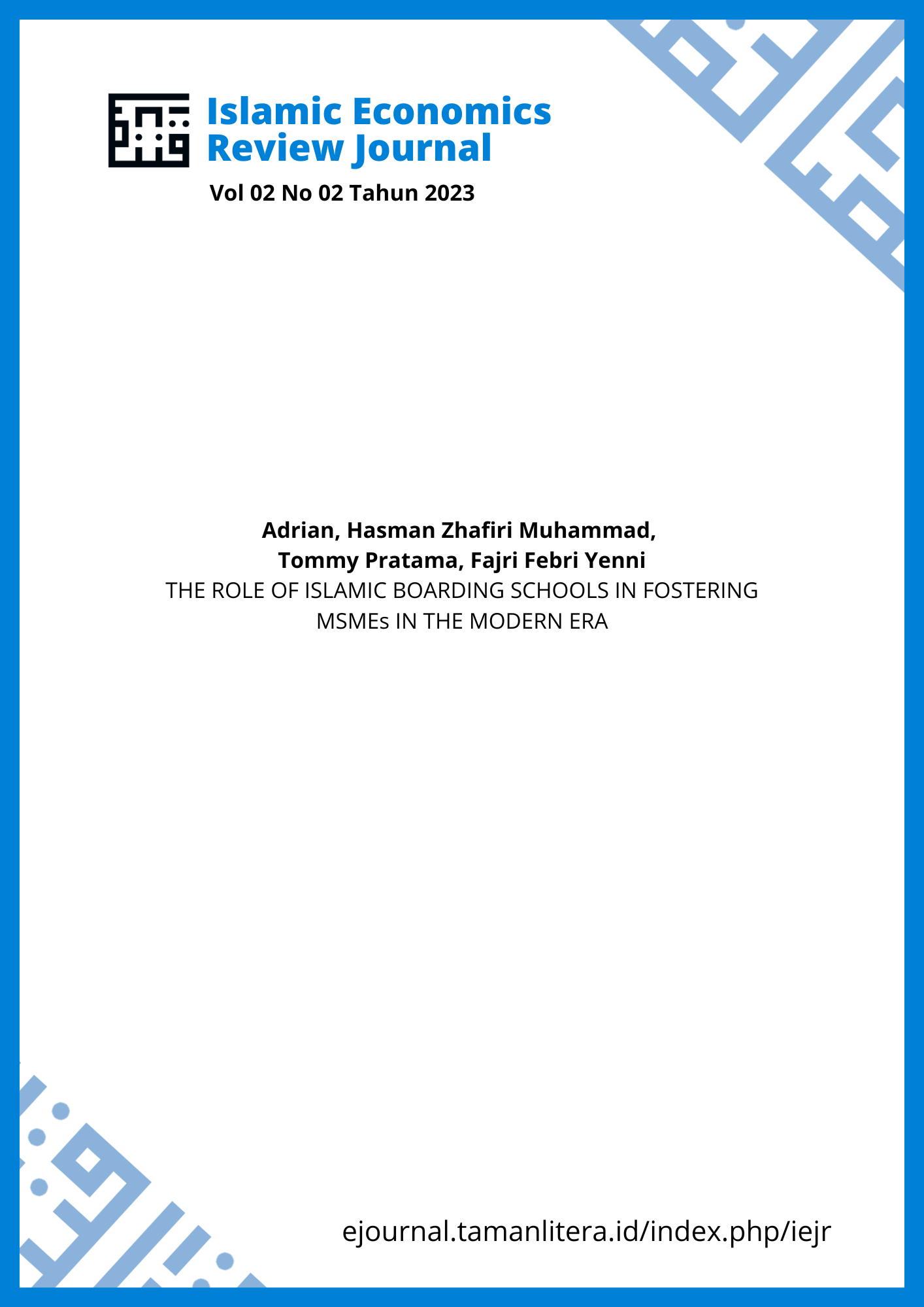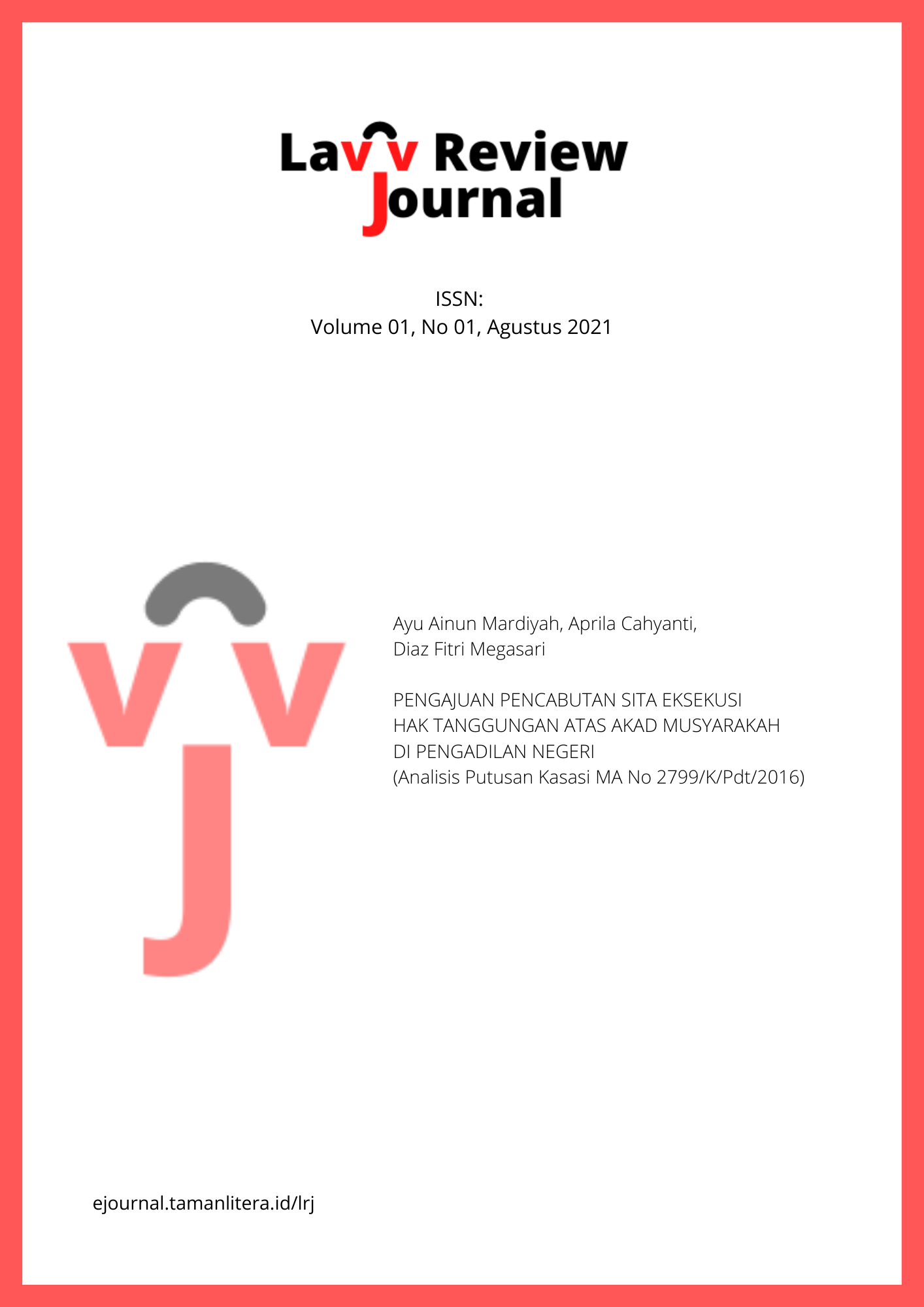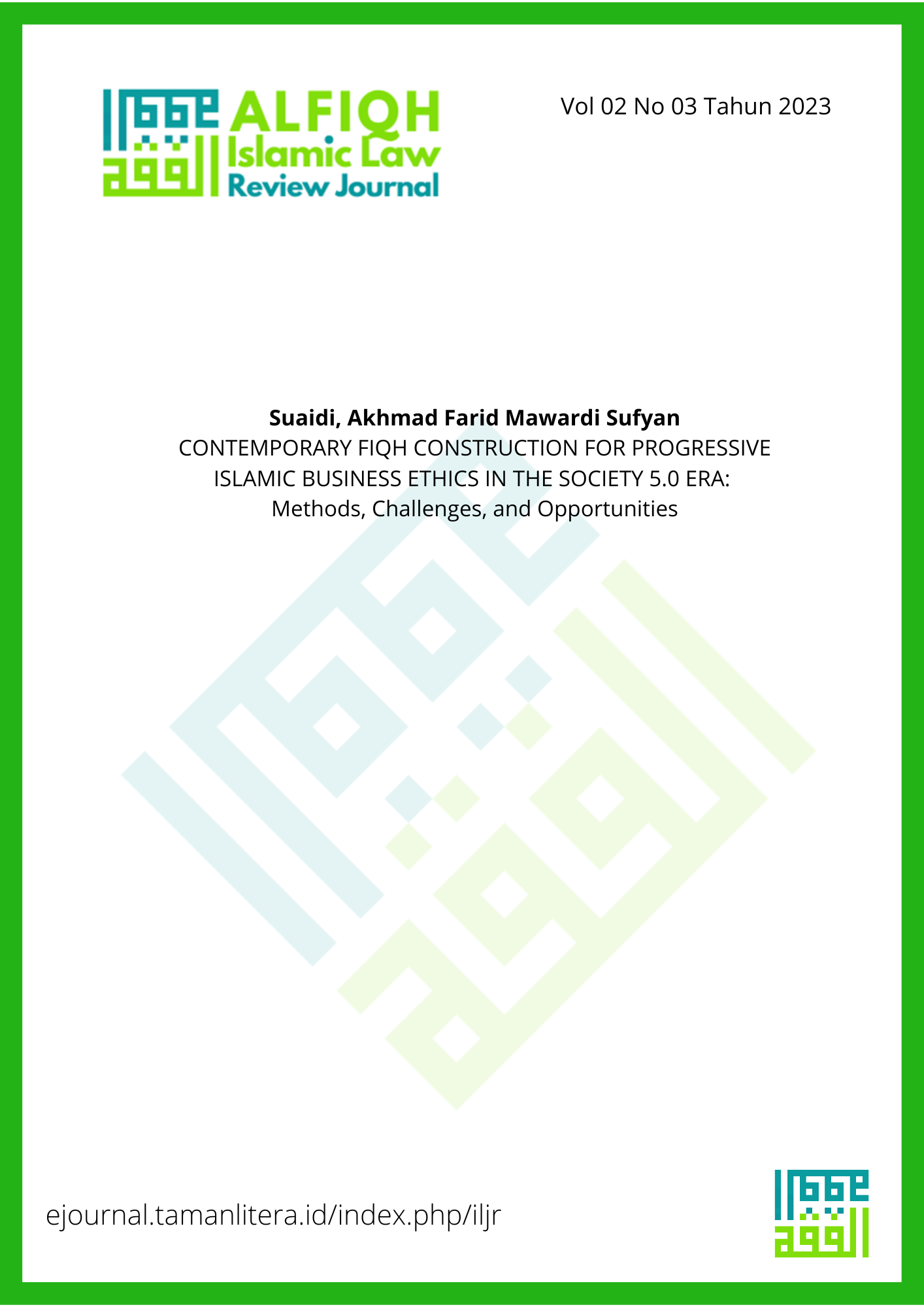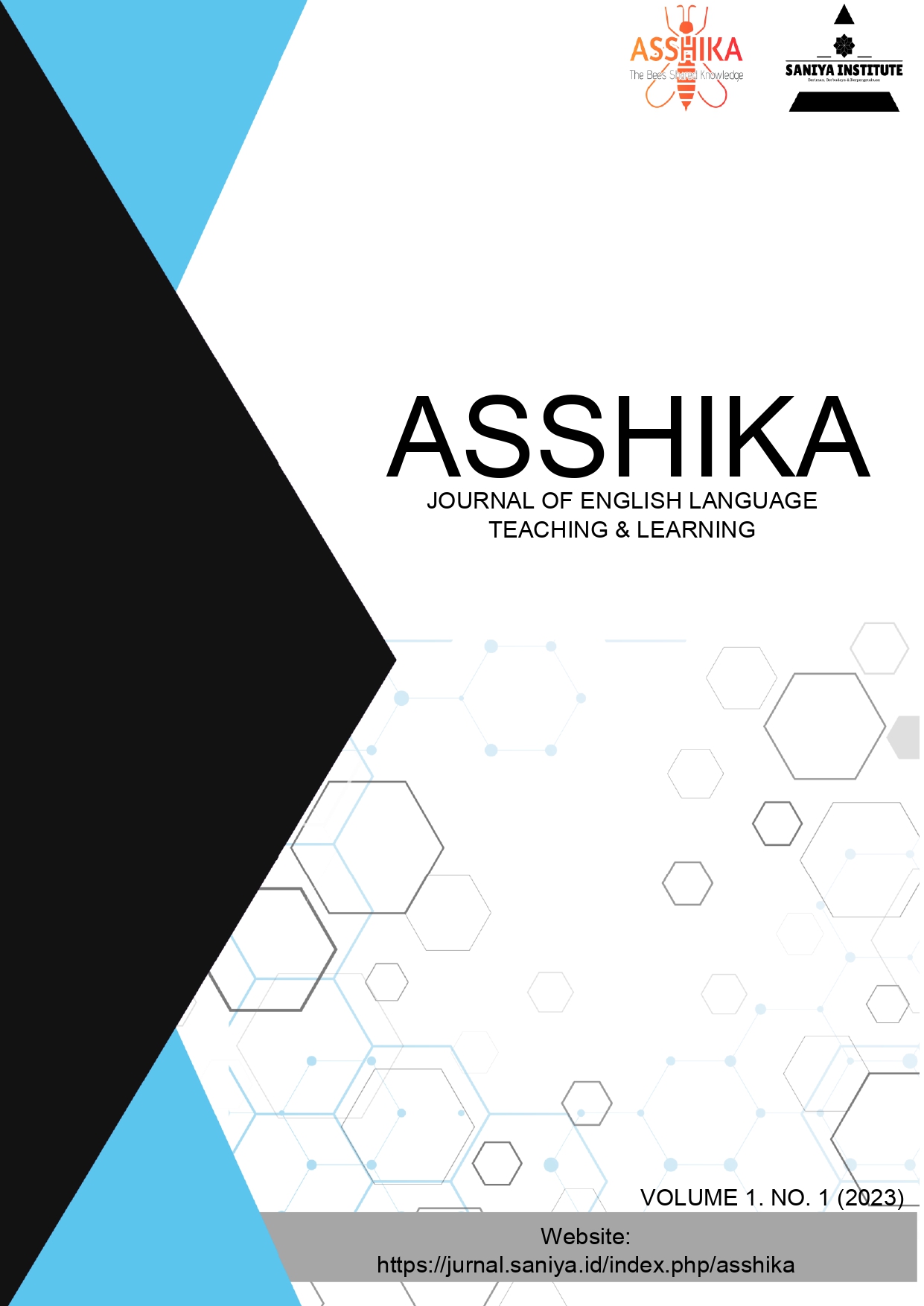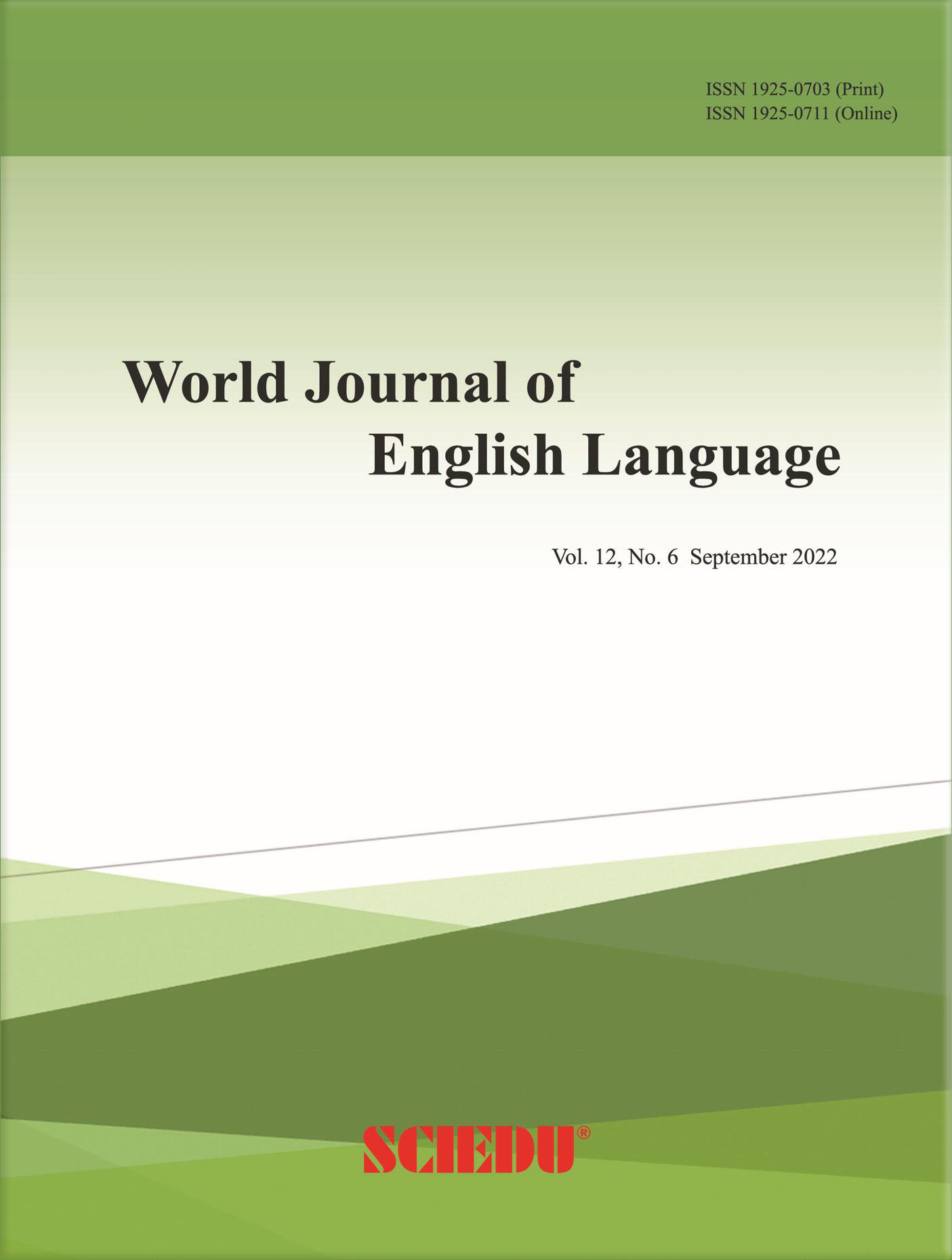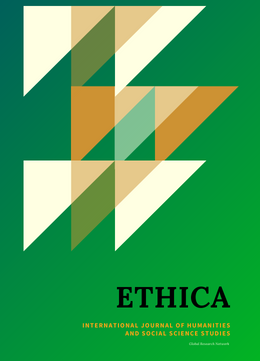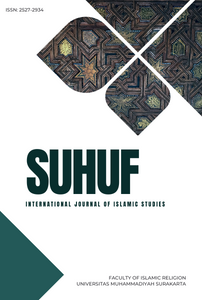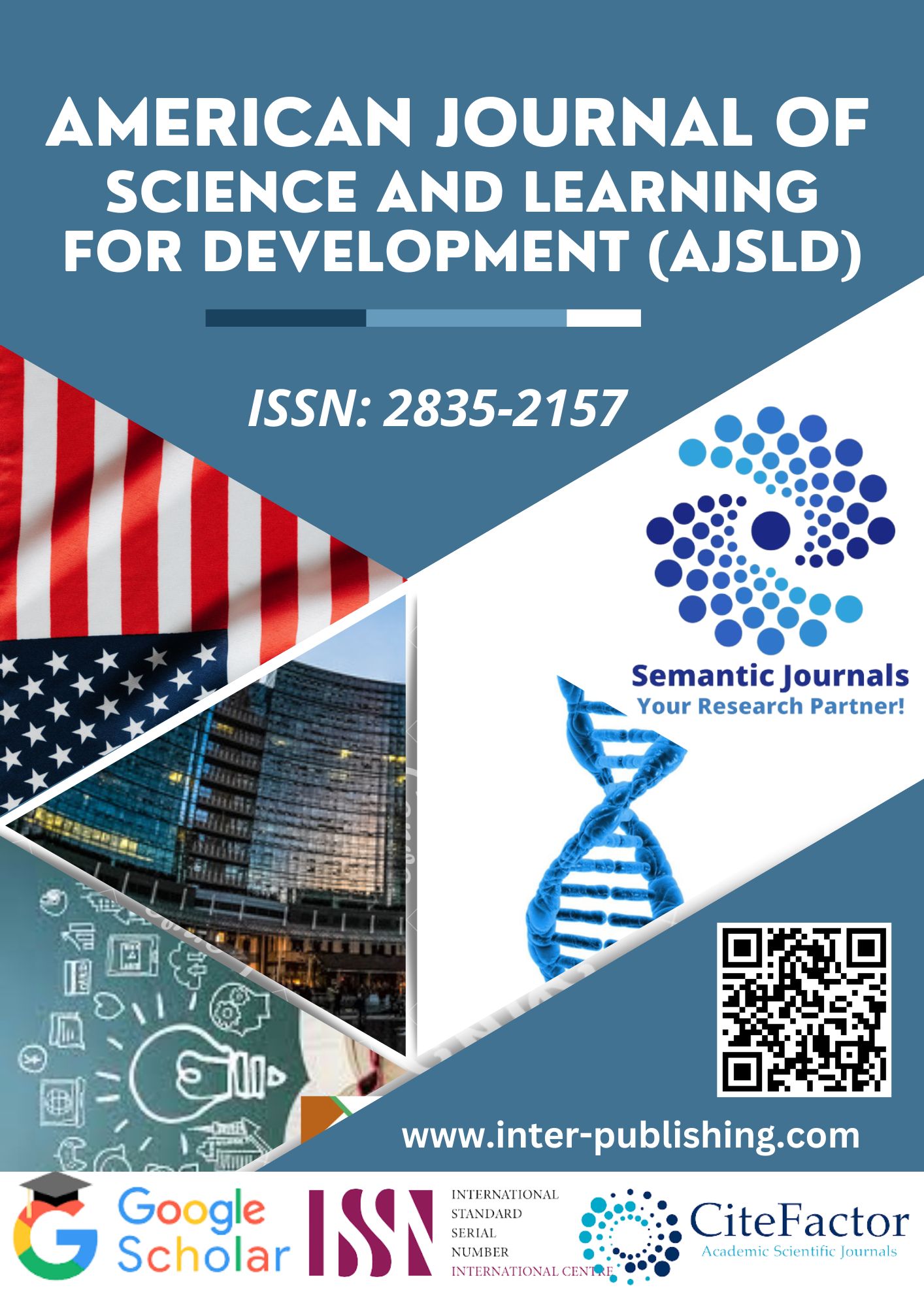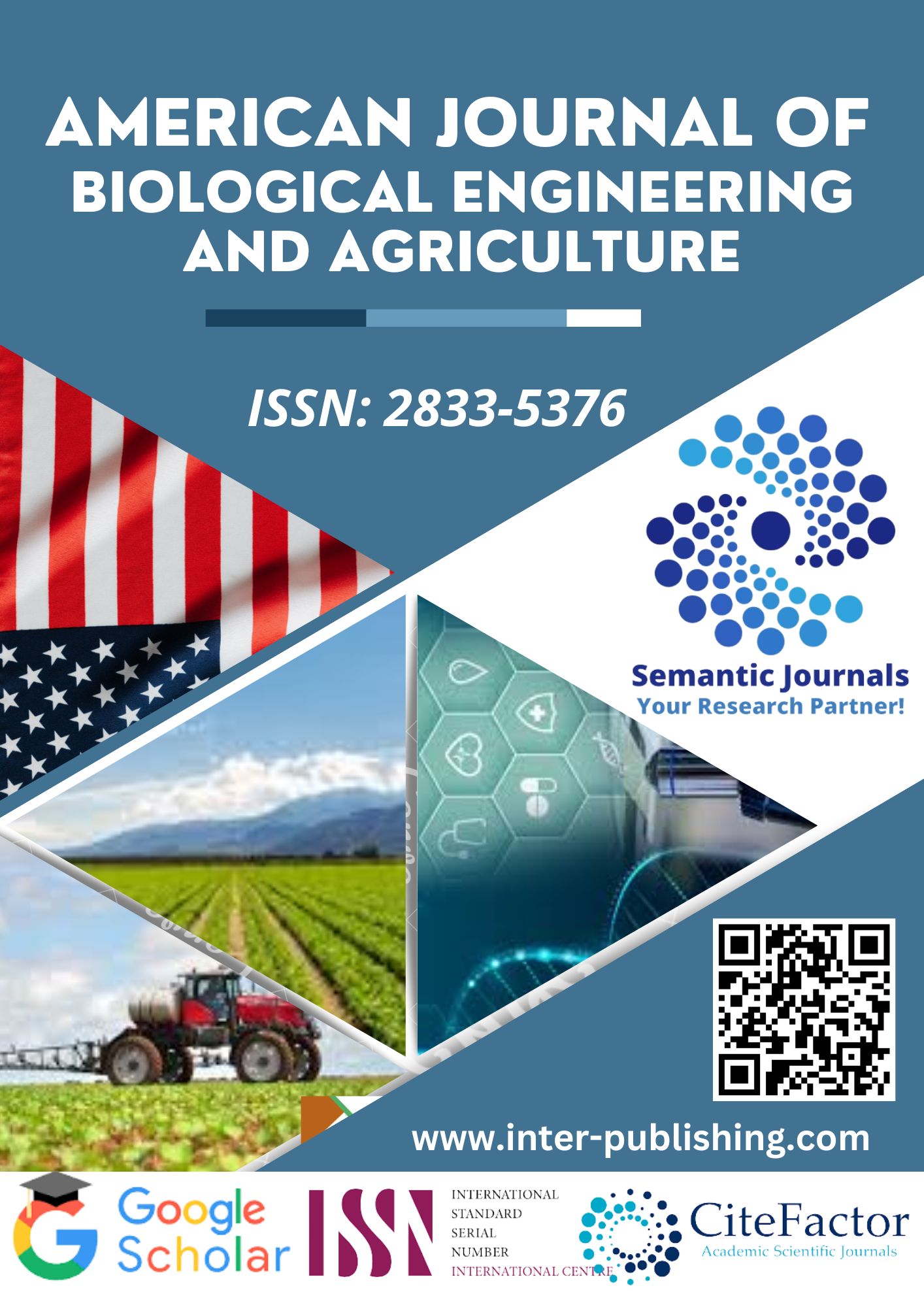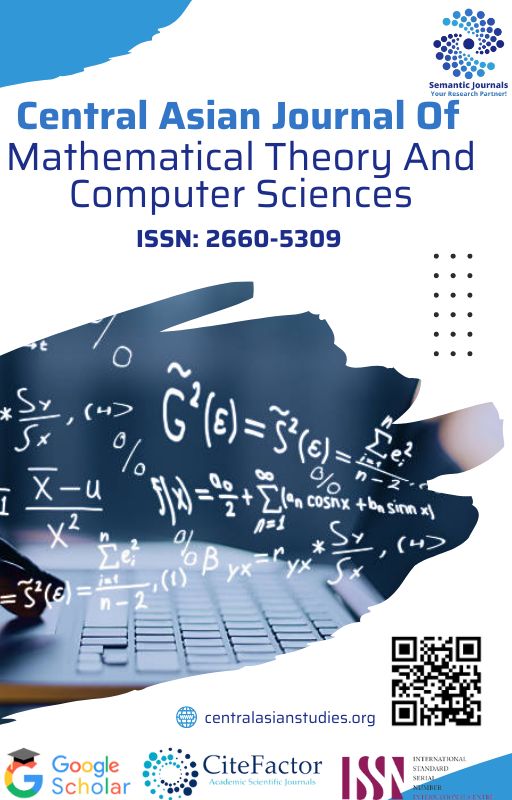
Central Asian Journal of Mathematical Theory and Computer Sciences
Journal name: Central Asian Journal of Mathematical Theory and Computer Science
ISSN: 2660-5309
Impact Factor: 5.512 (SJIF 2022), 9.41 (ResearchBib)
About Journal: Central Asian Journal of Mathematical Theory and Computer Science publishes top-notch original research papers on the development of theories and methodologies for computer and information sciences, the design, implementation, and analysis of algorithms and software tools for mathematical computation and reasoning, as well as the fusion of mathematics and computer science for applications in science and engineering. On invitation, insightful survey papers may be submitted for publication. One of the journal's distinguishing characteristics is the publication of mostly special issues on carefully chosen themes, which represent the trends of research and progress in the broad field of mathematics in computer science. The fields of applied mathematics, mathematical modeling, computer science, computer engineering, and automation are all open for publication by researchers.
Country: Spain
Direction: Mathematical Analysis, Numerical Analysis, Functional Analysis, Algebra, Mathematical Physics, Human-computer Interactions
Index: Google scholar, OpenAIRE, Zenodo, BASE, portal ISSN, ResearchBib, SJIF, WorldCat, CrossRef, Citefactor, Academic Index and others
Accepted Language: English, Russian
Publisher: Central Asian Studies. Central Asian Studies Publishing Company serves as a publisher for academics and researchers in the area. More than 35 universities and research institutes in the area are partners with us. The majority of journals are in the fields of medicine, business and economics, agriculture, biological sciences, chemistry, education, physical sciences, sociology, and engineering and technology. All journals are based on the open access policy. Additionally, we support several international conferences (e.g. Multi-professional International Congress on Health, Congress on Practices for Health Education and Scientific et al.).
-
Electronic technology
Maths
Information Technology
Technological innovations
Software
Technical science
Artificial intelligence
-
GUIDELINES FOR AUTHORS
Manuscript Title: The title should be a brief phrase.
Author Information: List full names and affiliation of all authors, including Emails and phone numbers of corresponding author.
Abstract: The abstract should be less than 500 words. Following abstract, a list of keywords and abbreviations should be added. The keywords should be no more than 10. Abbreviation are only used for non standard and long terms.
Introduction: The introduction should included a clear statement of current problems.
Materials and Methods: This section should be clearly described.
Results and discussion: Authors may put results and discussion into a single section or show them separately.
Acknowledgement: This section includes a brief acknowledgment of people, grant details, funds
References: References should be listed in a numbered citation order at the end of the manuscript. DOIs and links to referenced articles should be added if available. Abstracts and talks for conferences or papers not yet accepted should not be cited. Examples Published Papers: 1. Avinaba Mukherjee, Sourav Sikdar, Anisur Rahman Khuda-Bukhsh. Evaluation of ameliorative potential of isolated flavonol fractions from Thuja occidentalis in lung cancer cells and in Benzo(a) pyrene induced lung toxicity in mice. International Journal of Traditional and Complementary Medicine, 2016; 1(1): 0001-0013. 2. Vikas Gupta, Parveen Bansal, Junaid Niazi, Kamlesh Kohli, Pankaj Ghaiye. Anti-anxiety Activity of Citrus paradisi var. duncan Extracts in Swiss Albino Mice-A Preclinical Study. Journal of Herbal Medicine Research, 2016; 1(1): 0001-0006.
Tables and figures: Tables should be used at a minimum with a short descriptive title. The preferred file formats for Figures/Graphics are GIF, TIFF, JPEG or PowerPoint.
Publication fee: The authors will be contacted about the publication fee after a manuscript have been accepted.
Proofreading and Publication: A proof will be sent to the corresponding author before publication. Authors should carefully read the proof to avoid any errors and return the proof to the editorial office. Editorial office will publish the article shortly and send a notice to authors with the links of the paper.

